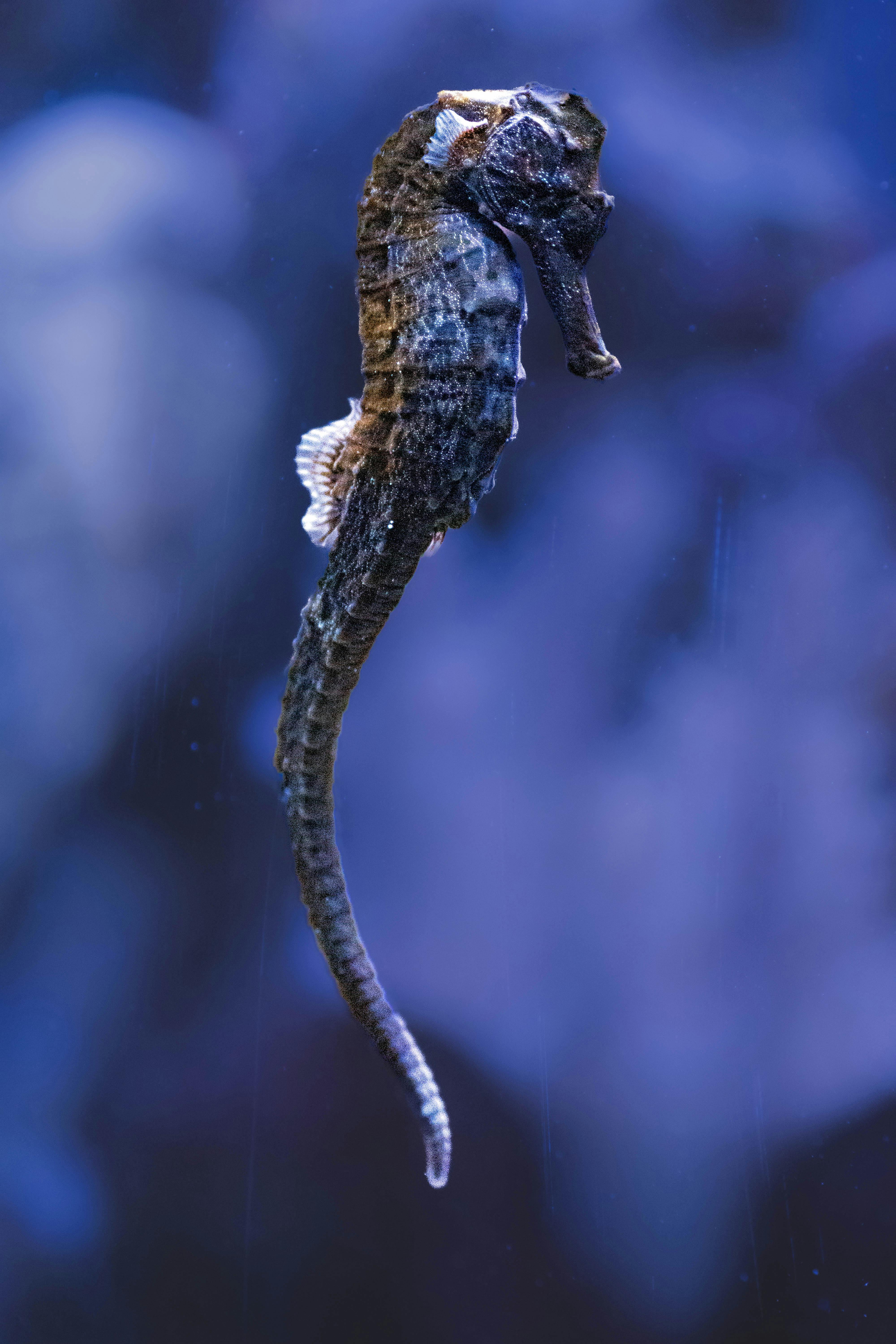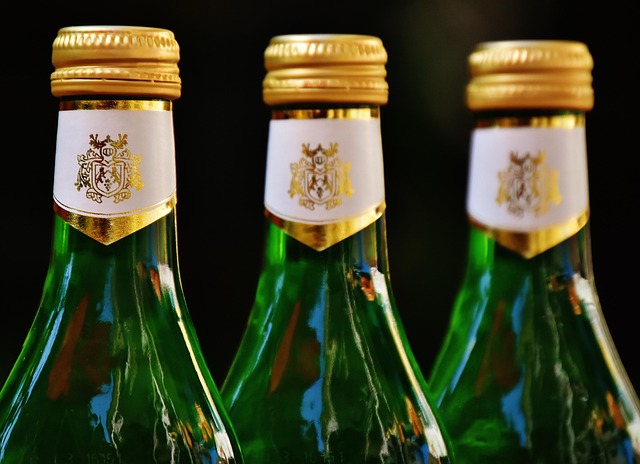Unraveling the Secrets of the Noble Seahorse
Have you ever wondered about the enchanting world of seahorses, those magical creatures that seem to dance rather than swim in the ocean? Here, we delve deep into the life of seahorses, from their fascinating biology to their unusual breeding habits, to their current conservation status.

The Seahorse: A Unique Marvel of the Sea
Seahorses are marine animals belonging to the family Syngnathidae, which also includes pipefish and seadragons. There are over 40 known species of seahorses, each with its distinct characteristics. The seahorse is most famous for its horse-like head, curled tail and its unique upright swimming style. Unlike many marine creatures, seahorses are monogamous and mate for life. What’s even more fascinating is that it’s the male seahorse that carries and births the offspring, a rare occurrence in the animal kingdom.
Seahorse Reproduction: A Role Reversal
Seahorse reproduction is one of nature’s most fascinating spectacles. In a complex courtship ritual, the female seahorse deposits her eggs into the male’s specialized pouch, where they are fertilized. The male then carries the developing embryos for a gestation period ranging from 10 to 45 days, depending on the species. Once the babies are ready, the male goes into labor, releasing fully formed, minute seahorses into the water. This unique role reversal makes seahorses one of the few species on earth where males bear the burden of reproduction.
Seahorses: Current Status and Conservation Efforts
Sadly, seahorses are currently facing numerous threats, including habitat destruction, pollution, and overfishing. Seahorses are popular in traditional medicine and the aquarium trade, with millions captured from the wild every year. The International Union for Conservation of Nature (IUCN) lists several seahorse species as vulnerable or endangered. However, efforts are being made worldwide to conserve these unique creatures, including habitat protection, trade regulation, and captive breeding programs.
The Aquarium Trade: The Double-Edged Sword
Seahorses are coveted pets, and their sale in the aquarium trade contributes significantly to their declining numbers. While some are bred in captivity, many are still captured from the wild. A captive-bred seahorse can cost anywhere from $30 to $300, depending on the species and size. The trade’s impact on wild populations is a topic of ongoing debate, with some arguing that responsible, sustainable breeding could help alleviate pressure on wild seahorses.
Deciphering the Seahorse: The Road Ahead
As we continue to study and understand seahorses, it’s clear that these magical creatures are more than just captivating marine curiosities. They are vital parts of the oceanic ecosystem, and their survival is intricately linked to the health of our oceans. While we’ve learned much about these unusual animals, there’s still a long way to go. The more we can understand about seahorses, the better equipped we’ll be to ensure their survival for generations to come.
In conclusion, seahorses are truly one of nature’s marvels, with their unique biology and reproductive habits. However, they are under threat and need our help to survive. By understanding these creatures better and supporting conservation efforts, we can help ensure the survival of these captivating creatures.




